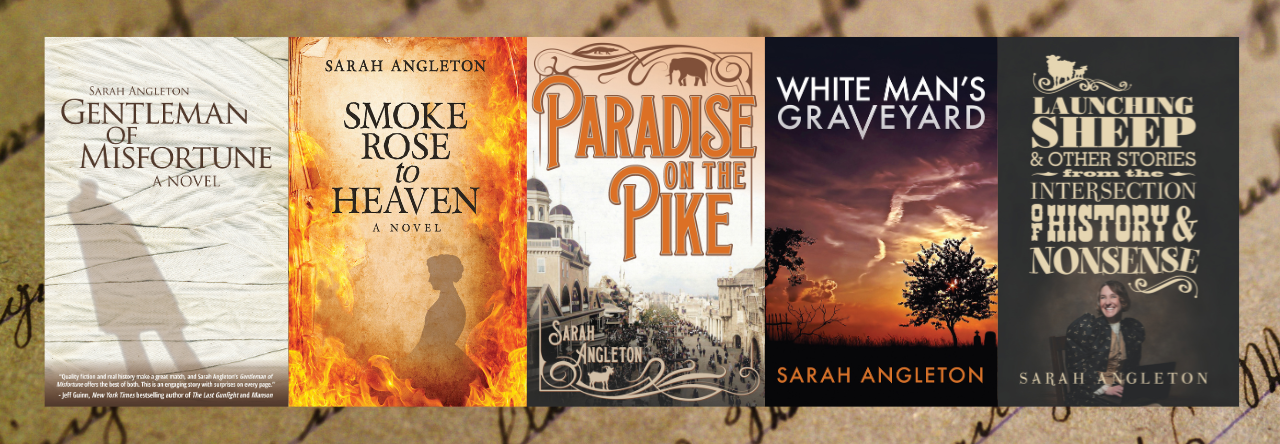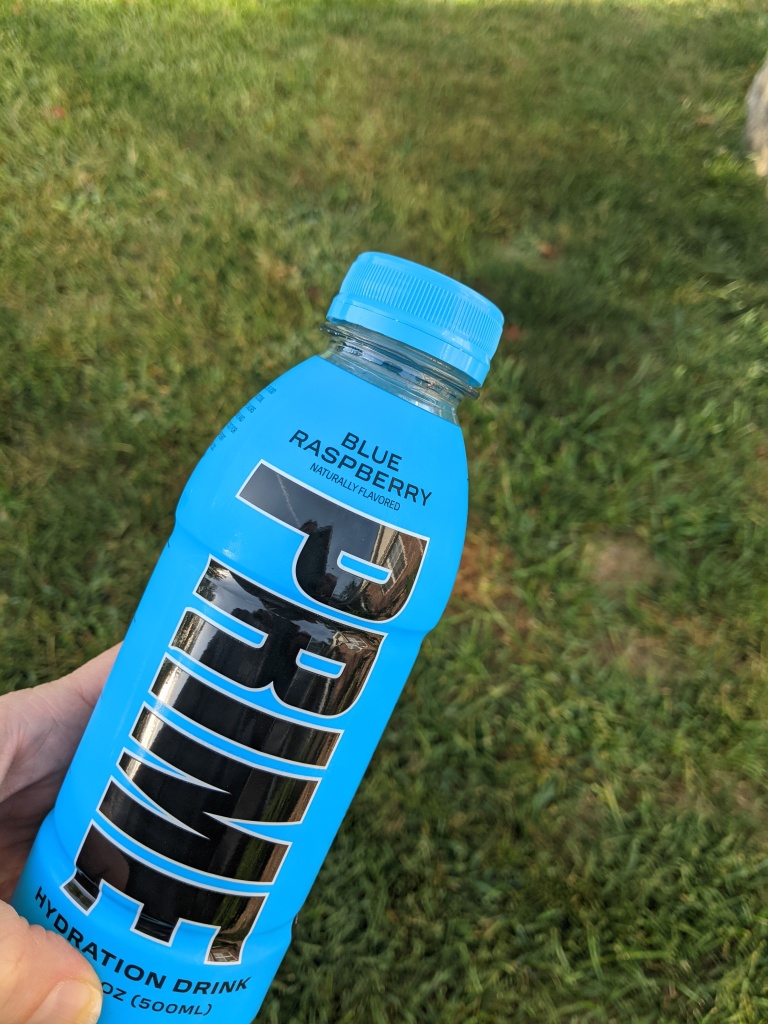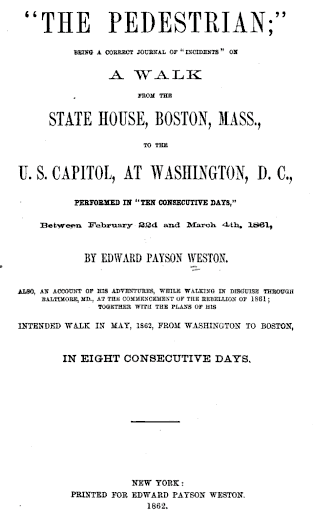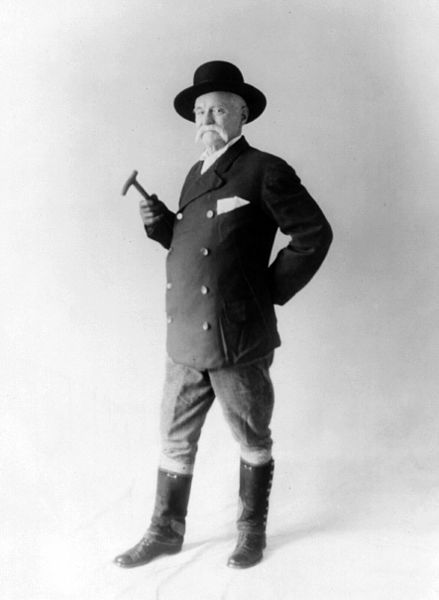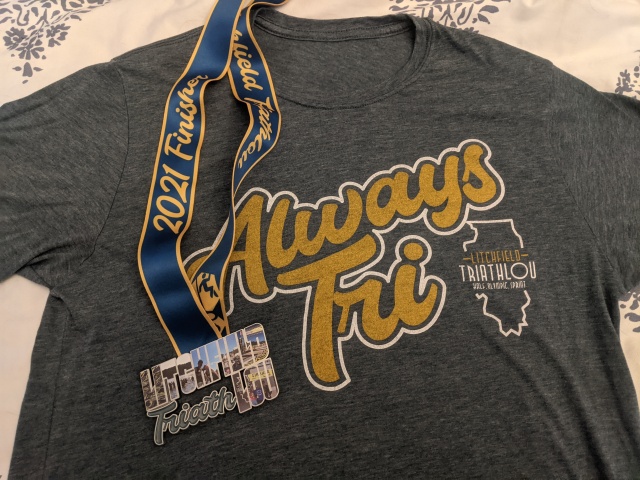It was probably about four thousand years ago that the indigenous arctic peoples of the Inuit, Aleut, and Yupik tribes began using the world’s first kayaks. These early small, versatile boats were covered in animal skins stretched over frames constructed from driftwood or whale bones or any other material that seemed like it might make a good kayak, which most likely did not include giant pumpkins.

The kayak didn’t become a recreational vehicle until much later when in 1866, English barrister and travel writer John MacGregor published his widely read A Thousand Miles in the Rob Roy Canoe. In it he described the boat design he used to tour the rivers of Europe. Twenty-eight inches wide, fifteen feet long, and weighing around eighty pounds, MacGregor’s boat was made of oak and cedar and featured a rubber canvas over a cockpit. And it was also definitely not made of pumpkin.
Because no one would ever think that a pumpkin might make a good boat. Except that a couple of weeks ago on August 27, Duane Hansen, a sixty-year-old Nebraska man, hopped into a hollowed-out 846-pound pumpkin that he grew himself and floated thirty-eight miles down the Missouri River from just south of Omaha to Nebraska City.
The really weird part about this story is that Hansen’s journey nabbed him a Guinness World Record, smashing the previous record holder’s distance of a little more than twenty-five miles, meaning there was a previous world record to smash.
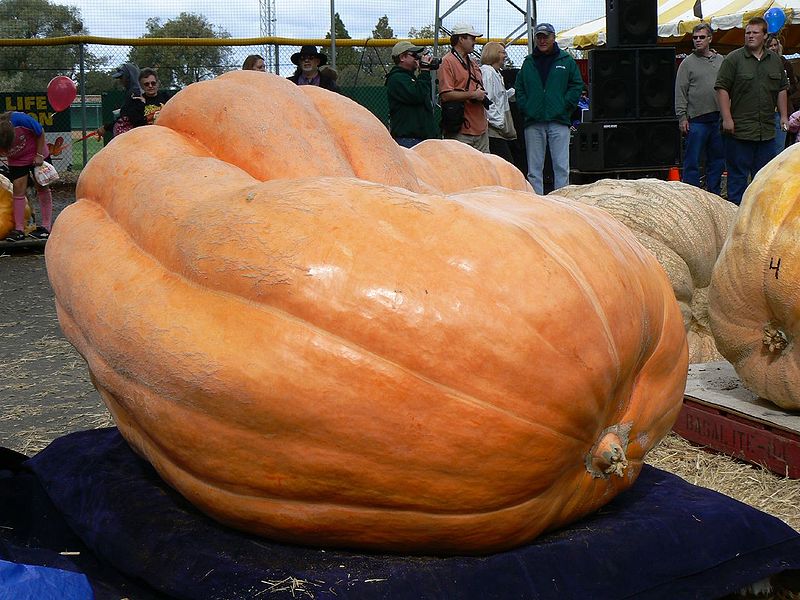
licenses/by-sa/2.0, via Wikimedia Commons
The sport of pumpkin kayaking dates all the way back to 1996 and soon resulted in the Windsor Pumpkin Regatta in 1999, an annual event held in Windsor, Nova Scotia and originally founded by Danny Dill, the son of the pumpkin grower responsible for the Atlantic Giant Pumpkin.
Sadly, the event has been discontinued for now because of ongoing venue issues, but it has inspired similar regattas in Oregon, Maine, Utah, and a handful of other locations. Previously it has included three categories of races including motorized, paddled, and experimental kayaks, though I might argue the sport is young enough that one might still consider kayaking in a hollowed-out pumpkin a tad experimental, and plenty ridiculous.
But the event, and the several like it, have attracted thousands of people each year occasionally including celebrities. Mind you, that’s not thousands of participants, because while there seems to be no shortage of people who think pumpkin kayaking is fun to watch, giant pumpkins in the required six- to eight-hundred-pound range aren’t always easy to come by.
That’s the reason it took Duane Hansen five years of dreaming big to finally achieve this gigantic, world record-breaking goal the day after his sixtieth birthday. It took him that long to manage to grow an Atlantic Giant large enough to make the journey.
That accomplishment alone seems impressive to me, because I too am growing pumpkins, and they have turned out somewhat smaller than 846 pounds. And this is even more disappointing to me now that I know I could have been paddling a pumpkin down the Missouri River.
Granted, I didn’t plant Atlantic Giant Pumpkin seeds, but I did have a reasonable expectation that my pumpkins might at least be large enough to carve Jack-o-lanterns. Maybe I just need to take a page from Duane Hansen’s book and dream bigger.
